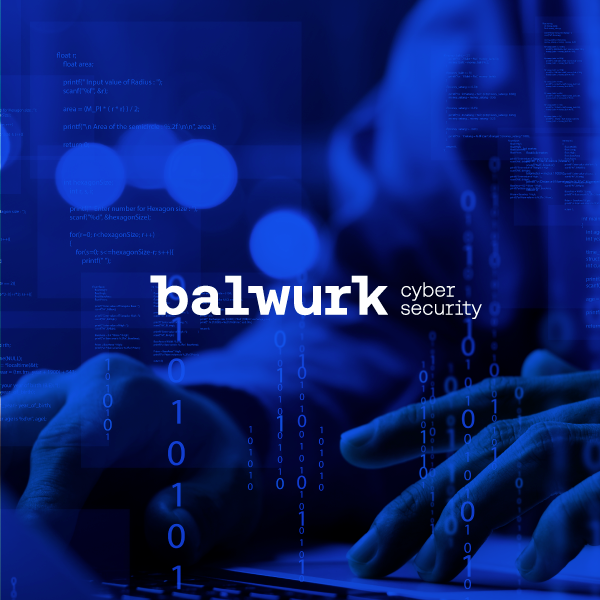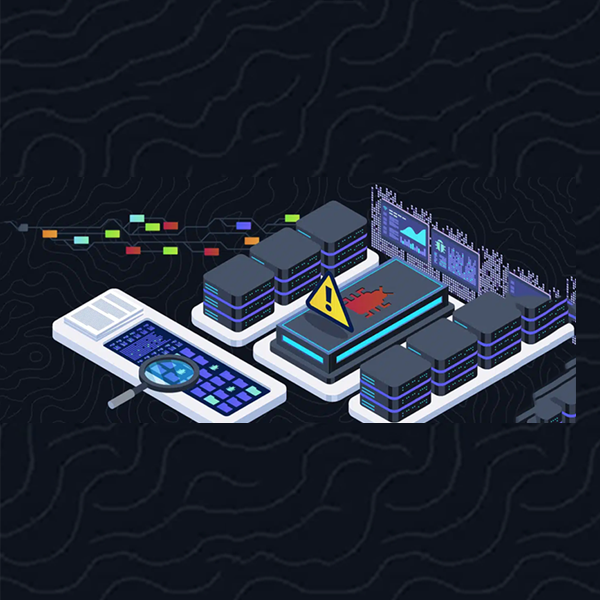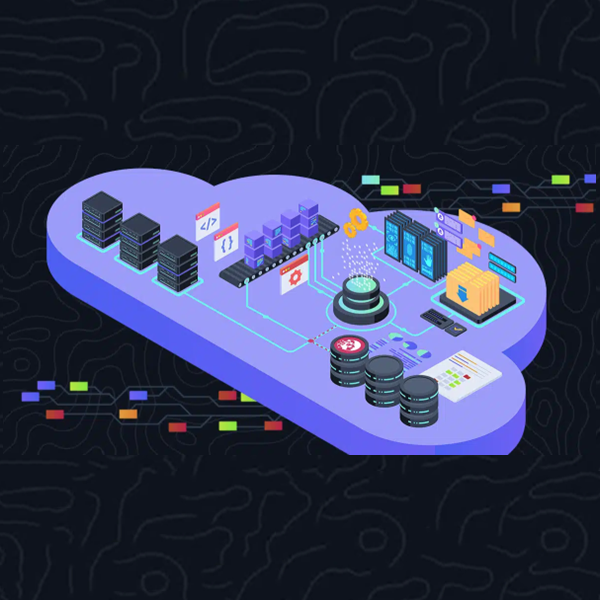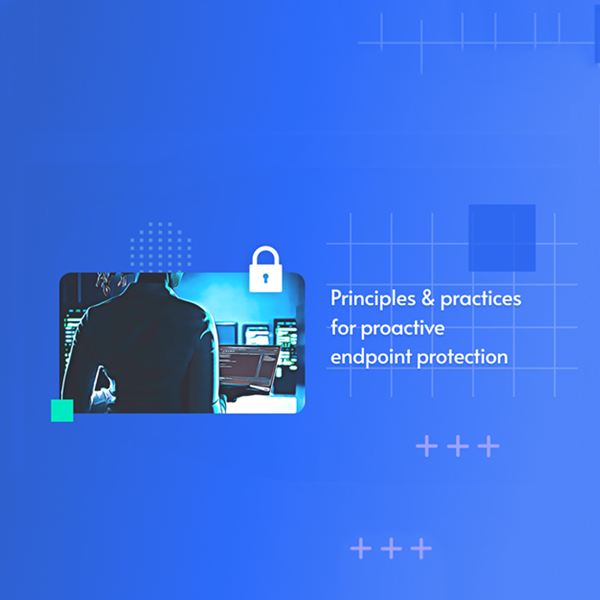Summary
The summary underscores the principles and key components of the Zero Trust approach in cybersecurity. Beginning with the axiom “Never trust, Always verify,” it explores benefits such as a proactive stance and enhanced visibility and control. It details the implementation of Identity and Access Management, Micro-segmentation, Security Analytics, and Secure Application Development Practices. Additionally, takes into consideration the emerging impact of technologies like Artificial Intelligence (AI) and the critical role of Zero Trust in safeguarding IoT devices. In conclusion, it emphasizes the significance of this approach in fortifying defence against ever-evolving cyber threats.
What is Zero Trust?
In an era when cyber threats are on the rise and traditional security measures, such as perimeter-based defences, are insufficient, businesses are moving towards new approaches to security, to better protect their clients and themselves. One approach to security that has gained attention is Zero Trust. This approach has emerged as a framework that is based on the principle “Never trust, Always verify”.
Zero Trust Overview and Core Principles
The principle “Never trust, Always verify” emphasises the core belief that no entity, be it user or device, should inherently be considered trustworthy, regardless of its position inside or outside the network perimeter. Zero Trust advocates five principles, the first and most important is the mandate to verify and authenticate each user, device and network resource before granting access and never have implicit trust in an entity, even if this entity is inside the network. Complementing this is the principle of least privilege, which states that access should be granted on a need-to-know and need-to-access basis, allowing entities to only have the permissions that they need to work. In addition, Zero Trust advocates the practice of micro-segmentation, in which networks and applications are divided into isolated segments, reducing lateral movement and containing potential breaches. Continuous monitoring and analysis are another cornerstone, enabling real-time detection of anomalous activity and rapid response to security incidents. Finally, Zero Trust advocates security by default highlighting the importance of integrating security into every facet of application development, implementation and operation. From secure coding practices to regular security updates, all measures are geared towards strengthening the application landscape against emerging threats.
Zero Trust Architecture Components
As we delve deeper, we’ll explore the essential components that make up a Zero Trust architecture, such as: identity and access management (IAM) to network segmentation, endpoint security, data protection Security Analytics and Monitoring and finally Automation and Orchestration. In addition, we’ll dissect the pressing need for Zero Trust in application security, driven by the evolving threat landscape, the complexity of modern applications and the imperatives of regulatory compliance.
Benefits of Applying Zero Trust Principles
With these principles and architectural components, it’s easy to see the many benefits that await those who adopt Zero Trust. An improved security posture that shifts the businesses into a proactive posture, greater visibility and control thanks to the continuous monitoring, scalability due to being able to be implemented on various technologies and the segmentation which allows a modular structure, compliance due to the alignment with various regulations and finally a reliable user experience due to the seamless security of the users. These are the advantages of those who choose to adopt Zero Trust.
Implementing Zero Trust
In the ever-evolving realm of cybersecurity, adopting a Zero Trust approach has emerged as a vital strategy to safeguard organizations against constantly changing threats. This section explores the practical implementation of Zero Trust, breaking down key components that collectively build a strong defence. We’ll delve into the intricacies of Zero Trust Identity and Access Management, the nuanced protection offered by Micro-segmentation and Network Security, the proactive insights provided by Security Analytics and Behavioural Monitoring, and the essential role of Secure Application Development Practices. Together, these elements form a comprehensive and adaptive security framework that challenges conventional security methods, ensuring organizations can navigate the complexities of the modern cyber landscape with confidence.
Zero Trust Identity and Access Management (IAM)
In the realm of cybersecurity, recent reports underscore the critical need for robust IAM. Google Cloud’s 2023 Threat Horizons Report reveals that 86% of breaches involve stolen credentials, emphasizing the urgency for enhanced security measures. Additionally, the Verizon Data Breach Investigations Report attributes 74% of breaches to human factors, highlighting the pivotal role of IAM in mitigating risks.
IAM, which encompasses authentication and authorization, becomes even more crucial when adopting a Zero Trust approach. This security model challenges the conventional notion of implicit trust within a network, demanding continuous verification. To fortify IAM, organizations should ensure secure and granular access control. This involves implementing measures like strong authentication, role-based access control (RBAC), privileged access management (PAM), user lifecycle management, and just-in-time access.
This integrated approach not only addresses vulnerabilities but also establishes a comprehensive security framework, aligning IAM with the evolving landscape of cyber threats and Zero Trust principles to secure digital identities and access rights in today’s dynamic IT environment.
Micro-segmentation and Network Security
Micro-segmentation is a vital part of the Zero Trust approach to network security. It involves breaking down a network into smaller sections, each with its own set of security rules. This helps in containing potential threats within specific areas, preventing them from spreading across the entire network. Micro-segmentation is flexible and can be used both in on-site data centers and cloud setups, allowing for detailed control over servers, virtual machines, and microservices.
In a Zero Trust approach, where all network traffic is considered potentially harmful, micro-segmentation plays a crucial role in stopping threats from moving sideways. The key feature of micro-segmentation is its ability to see and understand the applications running on the network, going beyond traditional methods that only focus on the network itself. Specialized solutions provide information about how different applications communicate with each other.
To strengthen micro-segmentation, other practices like network segmentation, Zero Trust Network Access (ZTNA) for controlling access, secure remote access, inspecting network traffic, and using application firewalls are recommended. By combining these practices with the principles of Zero Trust, a network can better defend itself against constantly evolving cyber threats, ensuring a secure and robust environment.
Security Analytics and Behavioural Monitoring
In the world of online threats, it’s crucial for organizations to have a strong defense plan. Three key elements – Zero Trust, Security Analytics and Behavioral Monitoring – work together to protect against evolving risks. Zero Trust ensures constant verification, Security Analytics uses data for useful insights, and Behavioral Monitoring spots unusual activities.
Combining these aspects helps organizations stay proactive, predicting and handling risks effectively. Real-time incident response is possible with tools like Security Information and Event Management (SIEM), User Behavior Analytics (UBA), Threat Intelligence Integration, and Security Orchestration, Automation, and Response (SOAR). Continuous Vulnerability Scanning keeps assessing risks regularly.
This comprehensive strategy not only detects threats but also reacts quickly, minimizing potential harm. SIEM analyzes security data, UBA finds strange user behavior, Threat Intelligence Integration boosts awareness, and SOAR automates responses. Continuous Vulnerability Scanning ensures vulnerabilities are identified and fixed promptly.
Together, these elements create a strong cybersecurity system, adapting to the ever-changing world of online threats. The mix of real-time detection, smart analytics, and automated responses helps organizations handle the challenges of today’s online threats with resilience and confidence.
Secure Application Development Practices
Zero Trust and Secure Application Development Practices go hand in hand to make our digital world safer. Making sure the code in applications is secure from the beginning is crucial for both. Zero Trust always checks and double-checks everything, and this aligns with the Secure Software Development Life Cycle (S-SDLC), where security is watched over at every step.
Keeping software up to date to fix any issues quickly is important for both Zero Trust and secure development. They both also stress the need for training and awareness about security to ensure that everyone involved in making applications understands how to keep them safe.
When it comes to deploying and setting up applications, Zero Trust is careful not to trust anything blindly. It manages how things are set up to minimize the chances of attacks. By combining Zero Trust and Secure Application Development Practices, organizations build a strong approach to cybersecurity. This means not only creating secure applications but also keeping an eye on them constantly, adapting to new threats in a world where trust is not assumed.
Emerging Technologies and their Impact on Zero Trust
The Role of Artificial Intelligence (AI)
The field of cybersecurity is being impacted by the rise of AI, since an increasing number of cybercriminals are using AI to automate different phases of their assaults, making them more complex, effective, and challenging to identify.
Considering this new reality businesses and cybersecurity experts are utilising AI to improve threat detection, response, and mitigation capabilities. Massive data sets may be analysed in real-time by AI-driven security systems, which can then be used to spot unusual patterns and behaviours that could point to a security breach. Organisations can quickly identify and address dangers thanks to this proactive strategy.
One such capability is anomaly detection, where AI uses Machine Learning (ML) algorithms to analyse extensive datasets to identify irregularities or patterns indicative of potential security threats. By recognizing suspicious behaviour in real-time, AI-powered systems can flag threats and trigger appropriate responses.
Additionally, AI can power User Behaviour Analytics (UBA) systems, which learn and understand typical user behaviour and can detect deviations from normal behaviour, helping to identify insider threats or compromised accounts.
Furthermore, AI enables adaptive access control, dynamically adjusting access privileges based on real-time risk assessments. This ensures that users only have access to resources necessary for their roles, aligning with the core tenet of Zero Trust, “least privilege.”
Moreover, AI enhances threat intelligence capabilities by analysing threat intelligence feeds, identifying patterns, and predicting emerging threats. By leveraging AI-driven threat intelligence, organizations can stay ahead of potential risks and inform proactive security measures, strengthening their defence against evolving threats.
Lastly, AI facilitates automation and orchestration of security processes, such as incident response and remediation actions. By automating routine tasks and decision-making processes, AI streamlines security operations, improves response times, and reduces the risk of human error. This automation enhances overall security effectiveness and ultimately increases the organization’s security against threats.
Zero Trust role on IoT
The increasing number of IoT devices increases the security vulnerabilities and attack surface. This makes IoT common devices to be used as attack vectors such as DDOS attacks . It becomes essential to extend Zero Trust principles to protect IoT devices and the ways in which they interact with applications and networks. Organisations may reduce dangers and unauthorised access by imposing strict access restrictions and regularly confirming the identity of devices. Encrypting data, monitoring device behaviour, and segmenting networks are additional security measures that support and maintain the integrity of IoT ecosystems. In the networked world of IoT, adopting Zero Trust strengthens defences and builds resilience against changing cyberthreats.
Conclusion
In summary, implementing Zero Trust principles in application security equips organizations to construct a resilient and modern secure architecture. Additionally, with new systems empowered by AI it can evolve alongside emerging threats and is a solution to mitigate not only the attack surface on IoT devices but of every business.
Embracing this approach strengthens security posture, safeguards critical assets, and instils trust and assurance among users and customers. Shifting left and securing right with Zero Trust principals is the modern way to elevate application security and our IT infrastructures.
Authors
Alexandre Rodrigues – Cybersecurity Architect
João Videira – Cybersecurity Architect
References
“What Is Identity and Access Management (IAM)?” PAM Solutions, Key Management Systems, Secure File Transfers, SSH Communications Security, 28 Dec. 2022, www.ssh.com/academy/iam.
How Compromised Passwords Lead to Data Breaches & How to Prevent Them. (2023, December 14). BeyondTrust. https://www.beyondtrust.com/blog/entry/how-compromised-passwords-lead-to-data-breaches
What is microsegmentation? | Cloudflare. (n.d.). Cloudflare. https://www.cloudflare.com/learning/access-management/what-is-microsegmentation/
Mathu, V. (2023, August 29). How to Strengthen Your Security Posture with User Behavior Analytics. Gurucul. https://gurucul.com/blog/how-behavior-analytics-improves-cybersecurity
Janicericketts. (2024, January 26). Develop using Zero Trust principles. Microsoft Learn. https://learn.microsoft.com/en-us/security/zero-trust/develop/overview














